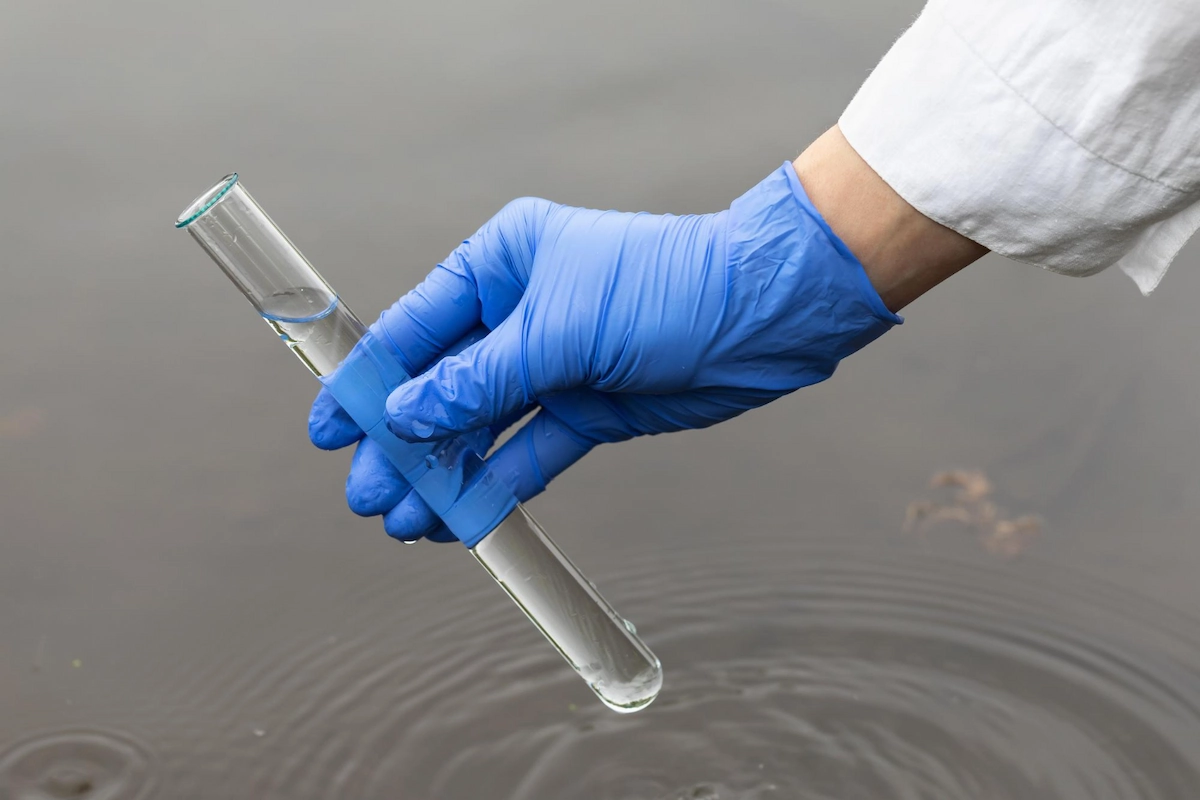Table of Contents
Have you ever heard about bioremediation? Bioremediation is one of the efforts you can do to recover the polluted environment using microorganisms. This method has been widely used in many countries to overcome environmental pollution.
Then, what is bioremediation, and how does it work? Read this article until the end to find the answer!
What Is Bioremediation?
Bioremediation is a way to restore a polluted environment using microorganisms, such as bacteria, algae, fungi, mold, or enzymes.
Bioremediation uses microorganisms to break down, transform, or remove pollutants from the environment. This method is considered to be quite effective, environmentally friendly, and cost-effective.
The Development of Bioremediation

Did you know? Bioremediation has been around since the beginning of the 1900s. During that time, scientists had identified bacteria’s properties that can decompose organic and heavy metals in the environment.
In addition, bioremediation was developed, and in 1972, during the United States Congress, the Clean Water Act (CWA) was enacted to clean wastewater using bioremediation. In the 1980s, the Exxon Valdez tanker accident polluted the Alaska Sea with 40 million barrels of oil.
This incident became the starting point for the wider community to become familiar with bioremediation technology to clean the environment until today.
Read also: Beware! Don’t Underestimate This Waste in Your Home!
How Bioremediation Works
The bioremediation process involves metabolic capabilities to degrade compounds that are harmful to the environment into simpler, harmless compounds.
For example, Pseudomonas and Bacillus bacteria can break down hydrocarbons (in petroleum) into simpler compounds such as alkanes, aromatic compounds, or cyclics.
Bioremediation is typically applied to sites contaminated by specific waste, such as oil waste from petrochemical industries, heavy metals from manufacturing industries, pesticides from agriculture, and dye waste from the textile industry.
Types of Bioremediation
Bioremediation is categorized into two main types according to the existence of oxygen and the methods. Here is the complete explanation:
1. Bioremediation Based on the Existence of Oxygen
Bioremediation, according to the existence of oxygen and the microorganism’s ability to degrade, is classified into two types: aerobic and anaerobic. Aerobic biodegradation is done by microorganisms that need oxygen to decompose and live, such as Pseudomonas, Bacillus, and Nocardia.
On the other hand, anaerobic biodegradation is done by microorganisms that do not need oxygen to live and decompose, like Methanobacterium.
2. Bioremediation Based on Methods
Additionally, bioremediation methods are divided into two types: in situ and ex situ. In situ is an environmental restoration process carried out directly at the contaminated site without any transfer.
Microorganisms can be directly added using techniques such as bioventing (supplying oxygen to the soil), biosparging (injecting air and nutrients into the soil), or natural attenuation (cleaning the soil and groundwater of pollution and contamination).
Meanwhile, ex situ bioremediation is a process conducted at a location different from the original site. It is typically transferred to another location, like a controlled environment tank. Some techniques used include biopiles, slurry-phase bioreactors, and landfarming.
Advantages and Disadvantages of Bioremediation

Every process surely has advantages and disadvantages. Below are the pros and cons of using bioremediation for environmental restoration:
Advantages:
- More eco-friendly because you use microorganisms instead of chemicals.
- More cost-effective than other methods (combustion, digging, and extraction).
- The residue is not harmful (carbon dioxide, water, or biomass).
- Does not change the environmental characteristic or structure, especially in situ.
- Effective for wide areas.
Disadvantages:
- Limited to several pollutants only.
- Needs a longer time than other methods (extraction or excavation).
- Needs continuous and strict control and monitoring.
- The effectiveness depends on the environmental conditions.
Read also: 8 Ways of Organic Waste Management, Easy and Eco-Friendly!
Examples of Bioremediation in Waste Management
Below are some examples of bioremediation in waste management:
1. Bioremediation in Petrochemical Waste
The example of bioremediation in petrochemical waste involves reducing the level of pollutants using the Biochemical Oxygen Demand and Chemical Oxygen Demand. The technique is biopore. A biopore is an infiltration planted in the soil to increase water infiltration and trigger increased soil microbial activity.
2. Heavy Metal Bioremediation in Mining
Heavy metal bioremediation from mining has been carried out in gold mines in South Africa. Mining waste contains high levels of heavy metals, such as lead, arsenic, and cadmium.
The bioremediation technology used is rhizofiltration, which employs hyperaccumulator plants to absorb heavy metals. The plants used are Brassica juncea, Helianthus annuus, and Vetiveria zizanioides.
3. River Bioremediation
Bioremediation for rivers has been implemented in Europe, where rivers were polluted by industrial and agricultural activities, causing nutrient and heavy metal levels to rise.
The method included planting aquatic plants (Typha and Cyperus) to absorb nutrients and heavy metals. After four months, the previously high levels of nutrients and heavy metals decreased to low levels.
4. Contaminated Industrial Land Bioremediation
The next bioremediation case happened in the United States. One of the industrial fields in the U.S. was polluted by hydrocarbons from crude oil, polycyclic aromatic hydrocarbons (PAHs), and heavy metals.
The bioremediation method used involves excavating contaminated soil, performing special treatment, adding nutrients and oxygen to stimulate decomposing microorganisms, and periodically monitoring contaminant levels.
After 3 months, there was an 85% reduction in hydrocarbon levels, an 80% reduction in PAHs, and a 20% reduction in heavy metals.
Bioremediation is one of the most effective methods for helping the environment recover. It is also widely used as a technique for treating hazardous industrial waste to prevent environmental contamination.
Talking about the environment, do you want to be one of Warga Asri who actively contribute to the environment? If yes, you can join Indonesia Asri! By joining Indonesia Asri, you can participate in many positive and fun challenges, like #AksiAsri.
Are you interested in taking part in Indonesia Asri’s programs? Register yourself now and become a valuable youth for yourself, other people, and the environment!
Read also: Various Liquid Waste That’s Surprisingly Beneficial – What Are They?








